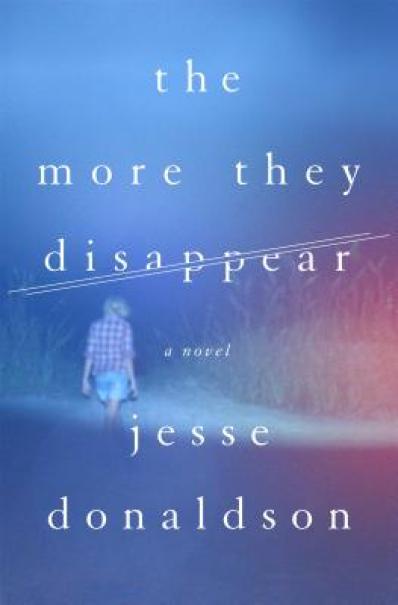Todd Robinson joins us for our next Noir at the Bar event, coming up Tuesday, September 20th, at 7 PM at Threadgill’s off of Riverside. Noir at the Bar features readings from several authors at a cozy locale – come grab a brew and enjoy the show! We’ll be giving away some of our favorite titles of the year. Todd will be joined by authors Zoe Sharpe, John Lawton, Rick Ollerman, and Jesse Sublett, with a musical contribution from Mr. Sublett to kick things off.
- Post by Crime Fiction Coordinator Scott Montgomery
 Rough Trade is Todd Robinson’s second book to feature Boo and Junior, two Boston bouncers working at a bar called “The Cellar” with a penchant for for trouble. We’ve had almost four years to wait for this one after the debut of Hard Bounce. Todd has made the wait pay off.
Rough Trade is Todd Robinson’s second book to feature Boo and Junior, two Boston bouncers working at a bar called “The Cellar” with a penchant for for trouble. We’ve had almost four years to wait for this one after the debut of Hard Bounce. Todd has made the wait pay off.
Boo and Junior are asked by their co-worker, Ginny, to throw a scare into Byron, her abusive ex. They smack him around and put him in a trunk. When Byron is found dead with Junior’s cell phone, he becomes the main suspect. It’s up to Boo and their small but tight circle of friends to clear his name.
This is classic hard boiled fused with modern themes. Robinson gives us a plot involving a mysterious saxophone case, Irish mobsters, fun and funny dialogue, and a lot of punching. The book is also an intriguing look at homosexuality and our responses to it. The novel starts with the two bouncers trying to stop some skinheads from beating up two men they found making out. Robinson follows through on the theme with an exploration of Junior’s hang ups. He jettisons political correctness to get to the heart and emotions of the matter.
The book never stops entertaining as it deals with these issues. Boo’s narration is engaging and often humorous, cracking the fourth wall. Rough Trade delivers the sex, violence, grittiness, and male friendship one would expect in a book like this with a theme that both clashes and connects with its genre roots. I look forward to the next misadventures of these knuckleheads.
You can find copies of Rough Trade on our shelves and via bookpeople.com.













